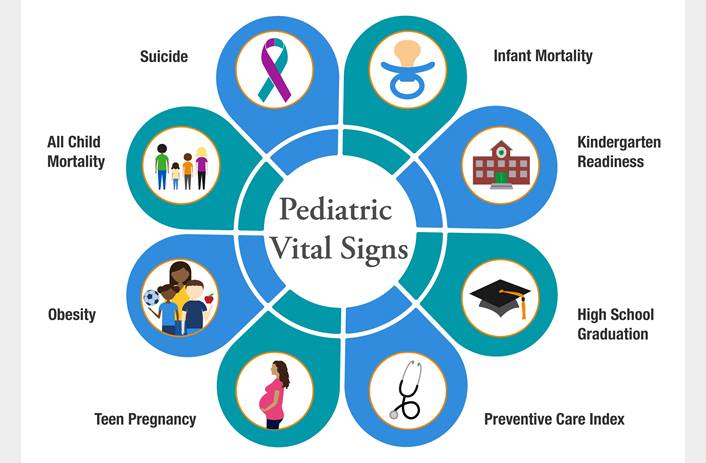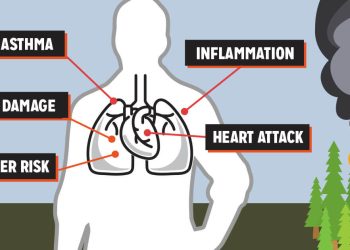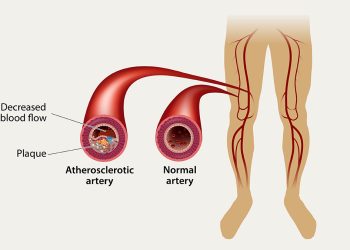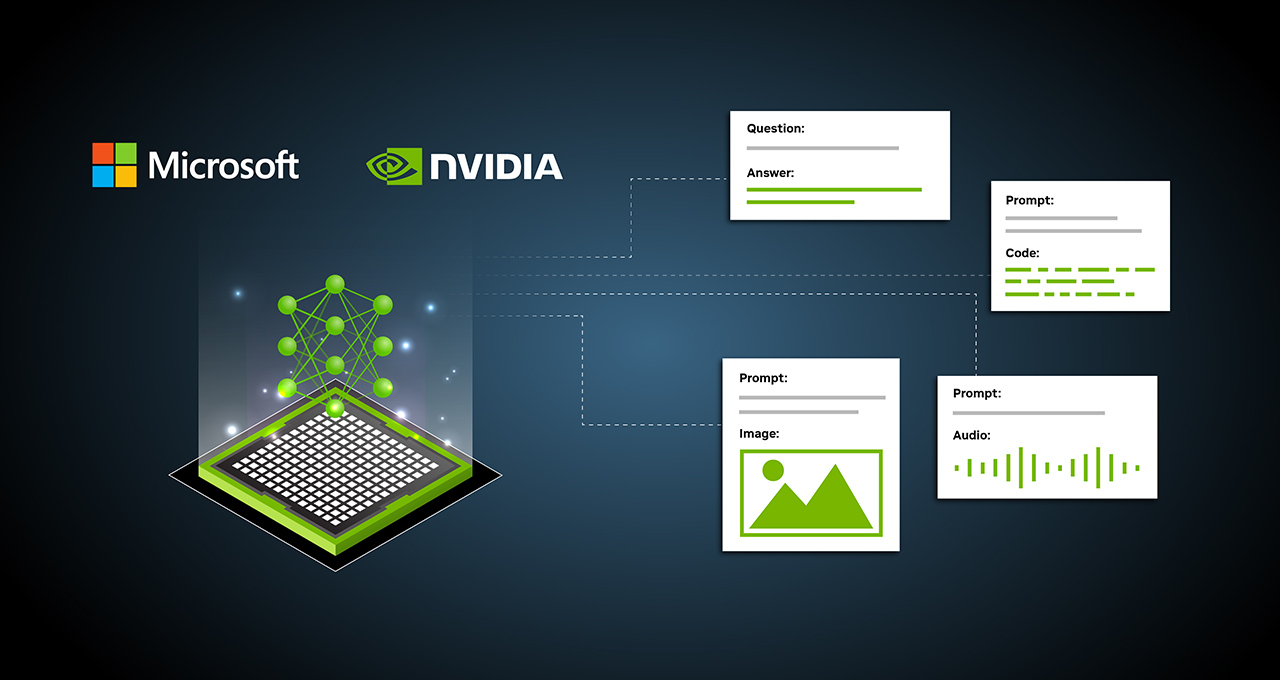Pediatric Vital Signs: Navigating Key Health Metrics for Children
As parents and caregivers, understanding your child’s health is of utmost importance. One way to achieve this is by monitoring their vital signs. Pediatric vital signs, including heart rate, respiratory rate, blood pressure, and temperature, serve as crucial indicators of your child’s well-being. This article delves into the significance of these key health metrics and provides insights to help you ensure your child’s optimal health.

Understanding the Key Pediatric Vital Signs
Vital signs are measurements that provide insights into the body’s basic physiological functions. For pediatric patients, these measurements are vital in assessing their overall health status. Let’s explore the four main pediatric vital signs and their significance:
Heart Rate (Pulse):
The heart rate, measured in beats per minute (bpm), indicates how efficiently your child’s heart is pumping blood throughout their body. It can vary based on age, activity level, and even emotional state.
Respiratory Rate:
Respiratory rate refers to the number of breaths your child takes per minute. It’s a key indicator of their respiratory health and can fluctuate with factors such as illness or exercise.
Blood Pressure:
Blood pressure measures the force of blood against the walls of arteries. Pediatric blood pressure norms are influenced by age, height, and gender, and deviations from the norm can signal potential health issues.
Temperature:
Body temperature reflects your child’s internal environment. It can indicate the presence of fever, infection, or other health concerns.
Age-Specific Vital Sign Ranges
Understanding that children’s bodies undergo significant changes as they grow is essential in interpreting pediatric vital signs. Age-specific ranges for heart rate, respiratory rate, blood pressure, and temperature provide a benchmark for assessing your child’s health. These ranges are established through extensive research and clinical observations, allowing healthcare providers to identify any deviations from the norm.
Detecting Abnormalities: Signs to Watch For
While pediatric vital sign ranges provide a general guideline, it’s crucial to recognize when your child’s vital signs deviate from these norms. Common symptoms indicating potential abnormalities include excessive fatigue, rapid breathing, unusually high or low heart rate, and fever. Paying attention to these signs and seeking medical advice promptly can aid in early detection and intervention.
Interpreting Vital Signs Holistically
A comprehensive understanding of pediatric vital signs involves considering these metrics collectively. Instead of viewing them in isolation, healthcare professionals interpret vital signs holistically to gain a broader perspective on a child’s health. For instance, a fever accompanied by an elevated heart rate may indicate an infection. This holistic approach enables accurate diagnoses and effective treatment plans.
Pediatric Vital Signs vs. Adult Vital Signs
Pediatric vital signs differ significantly from those of adults due to children’s rapid growth and development. Heart rates are generally higher in infants and decrease as children age. Respiratory rates also vary, and blood pressure norms change based on factors like height and gender. These distinctions underscore the need for age-specific vital sign ranges.
Factors Affecting Pediatric Vital Signs
Various factors can influence a child’s vital signs. Physical activity, emotional state, fever, illness, and even the environment play a role in determining vital sign readings. For instance, a child’s heart rate might increase during play or when feeling anxious. Understanding these influences helps healthcare providers interpret vital signs accurately.
Monitoring at Home: When and How
As parents, you can play an active role in monitoring your child’s vital signs at home. Simple tools like a thermometer and a stethoscope can aid in measuring temperature and heart rate. Regular monitoring, especially during illness or recovery, provides valuable insights into your child’s health status. However, always follow healthcare provider recommendations for accurate measurement techniques.
The Role of Healthcare Providers
While home monitoring is valuable, regular visits to healthcare providers remain essential. Well-child check-ups offer comprehensive assessments of your child’s growth and development, including vital sign evaluations. These appointments provide an opportunity to discuss any concerns, receive professional guidance, and ensure your child’s overall health.
Frequently Asked Questions (FAQs) About Pediatric Vital Signs
Q: What are pediatric vital signs?
A: Pediatric vital signs are key health metrics that include heart rate, respiratory rate, blood pressure, and temperature, providing insights into a child’s well-being.
Q: How often should I monitor my child’s vital signs?
A: Routine monitoring during well-child check-ups is recommended. Additional monitoring might be necessary during illness or recovery.
Q: How can I measure my child’s heart rate accurately?
A: Gently place your fingers on their pulse points (wrist, neck) and count the beats in one minute. Alternatively, use a digital pulse oximeter.
Q: What’s considered a normal respiratory rate for children?
A: Respiratory rates vary with age. Generally, newborns have higher rates (30-60 breaths per minute), which gradually decrease with age.
Q: What are the factors affecting a child’s blood pressure?
A: Blood pressure can be influenced by age, height, gender, and overall health. Healthy lifestyle habits also play a role.
Q: Is it normal for my child’s heart rate to change during activity?
A: Yes, physical activity can lead to an increased heart rate. However, it should return to normal once the activity stops.
Q: When should I be concerned about my child’s vital signs?
A: If you notice significant deviations from normal ranges or observe symptoms like rapid breathing, fever, or excessive fatigue, consult a healthcare provider.
Q: Can vital signs help diagnose specific health conditions?
A: Vital signs are essential indicators, but a comprehensive diagnosis requires additional medical evaluations, tests, and professional expertise.
Q: Are there age-specific ranges for pediatric vital signs?
A: Yes, vital sign ranges vary based on a child’s age. Healthcare providers use age-appropriate norms for accurate interpretation.
Q: How can I ensure accurate vital sign measurements at home?
A: Follow proper measurement techniques provided by healthcare professionals. Use calibrated instruments and maintain a calm environment for accurate readings.
Conclusion
Monitoring your child’s vital signs is a fundamental aspect of caregiving, empowering you to take an active role in their well-being. By understanding the significance of heart rate, respiratory rate, blood pressure, and temperature, you become equipped to detect potential health concerns early. Remember that while deviations from normal ranges can be cause for attention, they don’t necessarily indicate a serious problem. Consulting healthcare professionals and following their recommendations ensures your child receives the best care.









